Blog
Pneumatic Tires vs. Flat Free Tires: Which Should You Choose?
Do you currently have a cart or wagon that is in need of new tires? I mean, why else would you want to know the difference between pneumatic tires and flat-free tires? Whatever the case may be, there are a number of differences between the two tires, the first being the name. Something that is “pneumatic” means it is operated by gas or air under pressure, which would give you a hint of what a pneumatic tire is. If you guessed an air-filled tire, you’d be right.
Now the other tire is called a “flat-free” which basically means the opposite of pneumatic and does not need air to be functional. That being said, each tire does have its pros and cons, and we will be looking into those more in this article. For starters, let’s take a closer look at the construction of the pneumatic and flat-free tires. If you want to learn more about the uses of these tires, check out our blog on the different types of tires.
Construction Comparison: Pneumatic Tires vs. Flat Free Tires
The construction of both tires is the main difference between pneumatic and flat free tires. Both tires are not only made with a different material but a different depth as well. Let’s take a closer look at the construction of both tires, starting with the pneumatic.
Pneumatic Tires
The pneumatic tire needs air to keep its round rubber shape. As you can tell from the photo, the inside of a pneumatic tire is empty and allows for air to sit inside of it to keep its form.
Pneumatic tires are made with synthetic rubber, natural rubber, fabric, and wire. This tire is made with a real thin rubber layer that relies on the air inside to keep it strong. Since this tire does have a thin rubber layer, it is more likely for tearing and deflating. They can also come in many different sizes.
Flat Free Tires
The flat-free tires have a completely different construction compared to the pneumatic tires. This tire is completely made with urethane foam which means it does not require any air to fill it up.
Since it is also solid foam, this means that the tire can never get flat hence the name “flat free.” That being said, mobility issues may start to come up with this tire since it is made from foam instead of rubber and air, but we’ll get to those later.
Mobility: Pneumatic Tires vs Flat Free Tires
Pneumatic tires take the cake in the mobility category. Since these tires are filled with air, they provide better traction and a much smoother ride. Since these tires are more efficient, they allow the wagon, mower, or cart to maximize speed.
That being said, since pneumatic tires do utilize air to operate, they do require more maintenance than a flat free tire. With a pneumatic tire, you will need to monitor air pressure and tend to tires when and if they go flat. With a flat free tire, you’ll never run into this issue.
Use the video below as a reference for comparison between the two tires.
Price: Pneumatic Tires vs Flat Free Tires
Comparing prices between the two types of tires is going to be difficult just because the price differs from the size you buy, from who you buy, and more. Relatively speaking, it is more common that flat free tires are at a higher price. However, does that mean they are superior over pneumatic? Not necessarily, some might even say Pneumatic tires are the way to go. It all depends on preference!
Nevertheless, at Lapp Wagons, we carry both pneumatic and flat free tires, explore our selection and compare prices between the two tires below. Oh yeah, they are also available for purchase below!
Pneumatic Tires
Performance: Pneumatic Tires vs Flat Free Tires
The last and probably most important comparison you want to make between the pneumatic tire and the flat free tire is the performance. Even though these two tires may appear to be the same, they do differ in material and performance. Each tire does have different specifications that can vary depending on weight capacity, tread, and more. So depending on what you plan on hauling and how often can play a big factor in the type of tires you should get.
A good practice to determine the type of tire you need is by weighing the material you need on a typical days work. Once you get that number, use that information to gauge the type of weight capacity you need. Also, remember to choose a wheel that will fit properly on your wagon or cart.
Which Tire is Better?: Pneumatic Tires vs Flat Free Tires
After comparing the two tires, pneumatic tires do have more advantages than disadvantages. That being said, that does not mean that pneumatic tires are necessarily “better” but they do have a few more advantages than flat free.
I hope this article has helped you make an informed decision on purchasing your next wagon or cart tire. If you would like to go ahead and purchase either tire, we do sell both with different specifications. Browse our selection of replacement tires and wheels and find the ones you need for your cart.
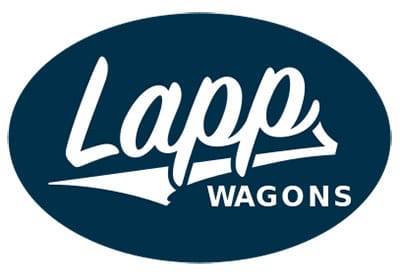
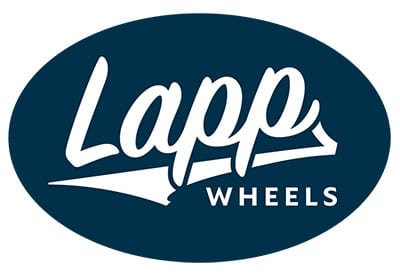
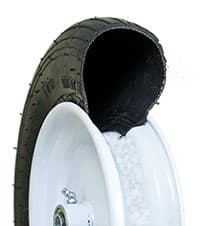
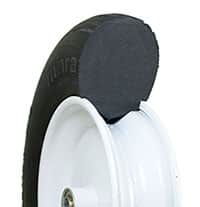
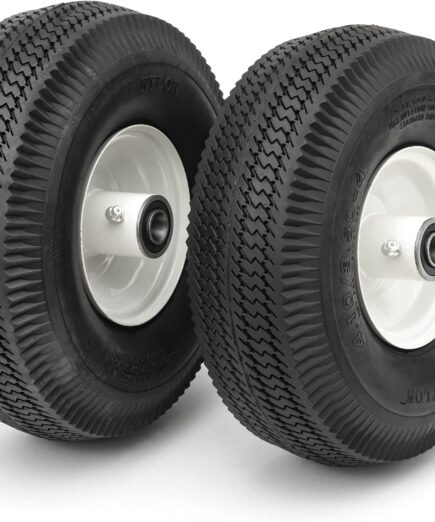
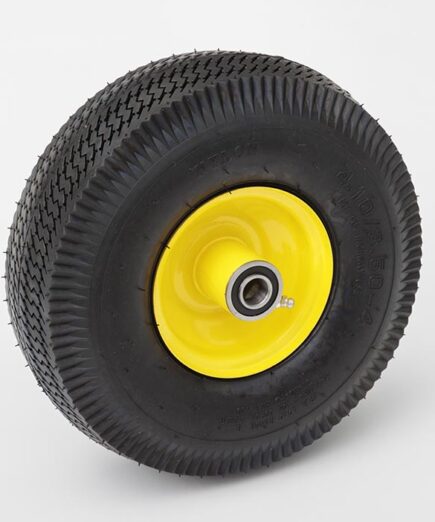
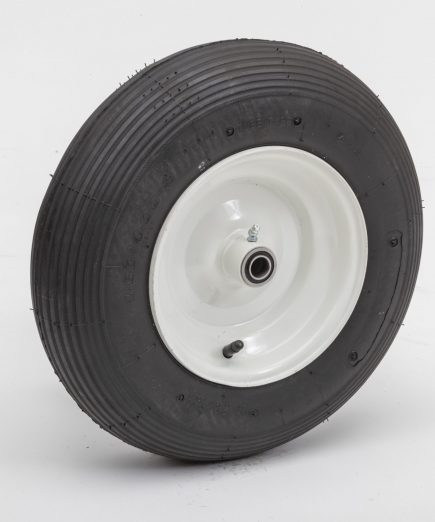
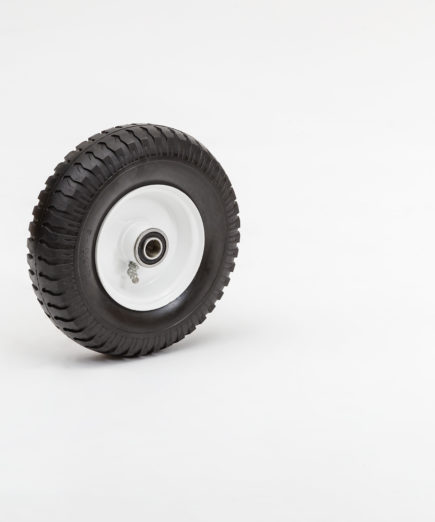
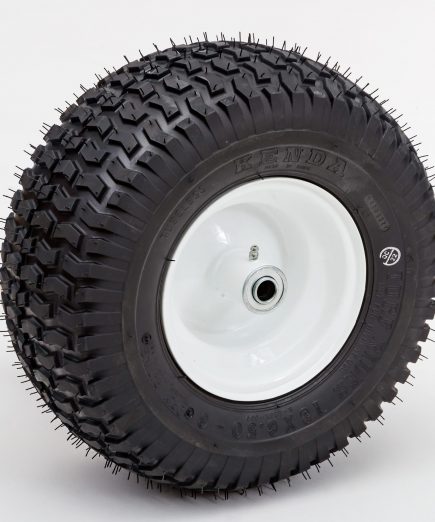
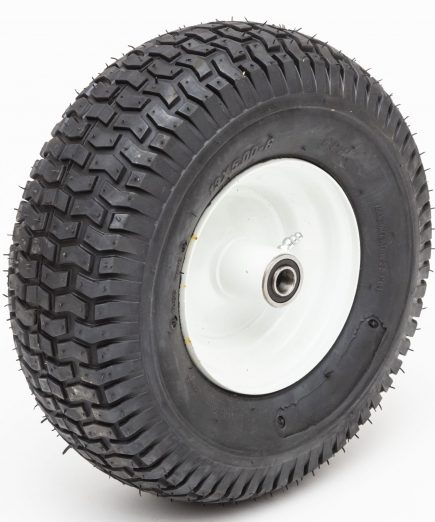



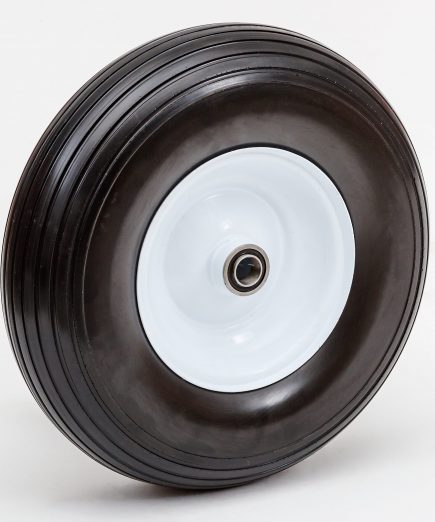
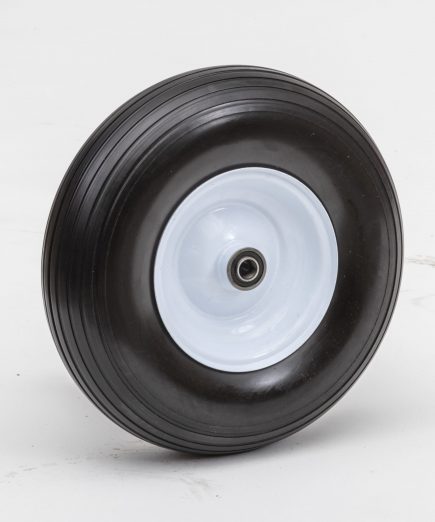
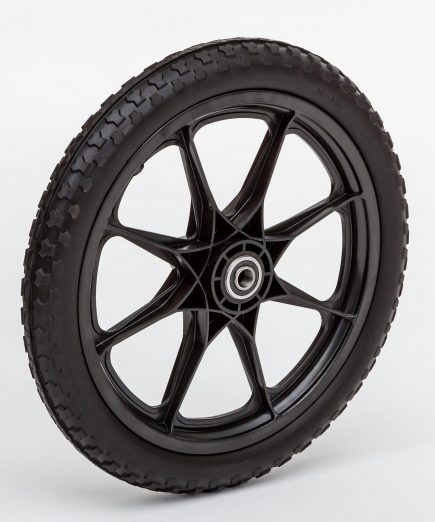
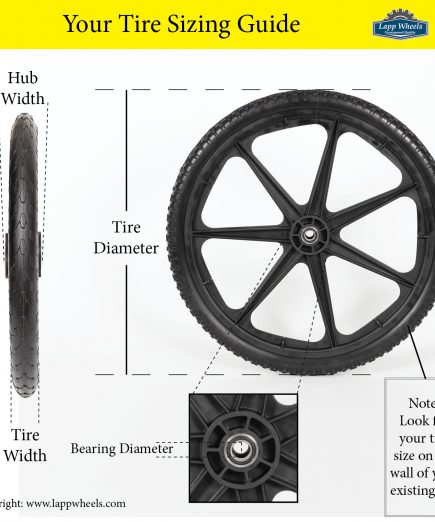
Very helpful.
Thank you.
Hi I’m looking into electronic scooter with seat and solid rubber tires amazon.com alibaba.com the electric scooters don’t have good tires im gonna need solid rubber tires or soLid rubber Honey comb tires that don’t need Air the scooters i was looking at have 10-11-12 inch tires and aren’t giving out specifications on the products for problems first of aLL tire’s kukirin g3 max or kukirin g4 max electric scooter the tires need to be replaced with tires that don’t need Air please contact me about this issue
Very useful. Could these tires be interchangeable, so that if decision changes, one does not have to worry about.